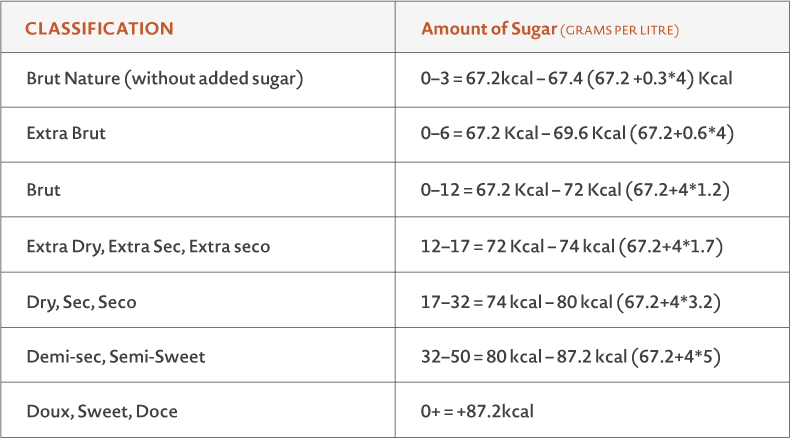How many grams of sugar are there in wine?
Wine is produced via the alcoholic fermentation of grape juice (also known as grape must).
When the grapes are crushed and pressed, the sugars pass to the juice (the must). The sugar from the must is used to feed yeasts (similar to those used when making bread), which – under the controlled conditions of the winemaking process - are transformed into alcohol. The more sugar there is, the more alcohol there will be in the wine. Fermentation continues to occur until a specific level of alcohol is reached wherein the yeasts can no longer survive. At this time, fermentation ends and the sugar that has still not been converted into alcohol remains, and is known as residual sugar.
Wine is a product that is strictly regulated at international, European and national level, with the levels of residual sugar classified into the following categories: dry, semi-dry, semi-sweet and sweet.
Wine
In accordance with (EU) Regulation n.º 753/2002, the following terms can be used on the labels of table wines and quality wines:

Sparkling Wine
Sparkling wines have different classifications, revised in accordance with (EC) REGULATION n.º 607/2009 OF THE COMMISSION, 14 July 2009.
